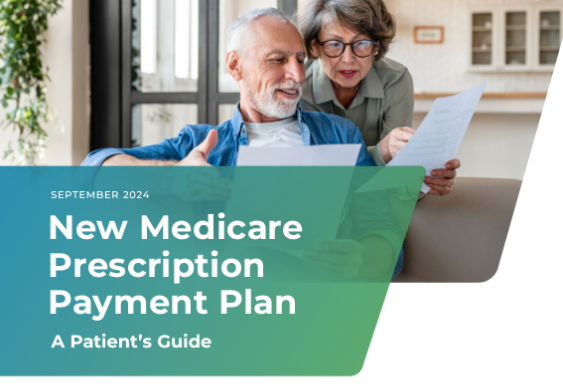Forty years ago this week, a landmark law went into effect and transformed the pharmaceutical landscape by paving the way for lower cost generic drugs to become widely available.
The Hatch-Waxman Act, officially the Drug Price Competition and Patent Restoration Act of 1984, created a pathway for generic drug approvals, providing patients with more affordable alternatives to brand name medications. The impact has been profound.
A Case Study in Savings
Over the past decade alone, the use of generic drugs has saved patients, taxpayers and the U.S. health care system over $3 trillion. Today, 91% of all prescriptions filled are generics, yet they represent just 18% of total prescription drug spending.
Consider statins, for example. Since the first brand named statin approval, the medication has been widely prescribed to lower cholesterol and reduce the risk of heart disease. Millions of Americans take statins. Since the expiration of the drug’s patent and introduction of the generic form in 2011, out-of-pocket costs for have fallen from around $45 to under $5 per prescription.
This is just one example of how the Hatch-Waxman Act paved the way for more patients to benefit from these essential medicines through affordability.
Supporting Research While Expanding Access
While the price-lowering element of the Act is most celebrated, the key accomplishment was lawmakers’ ability to balance broad availability of generic medicines for patients with long enough patent protections to sustain innovators.
Protecting investments in medical innovation while also promoting affordability and expanding access is not easy, but it’s essential. Many patients, depending on their condition, may benefit from older, mainstay drugs while new, groundbreaking treatments provide hope and treatments for diseases with unmet need. Both are important.
The Sustainability of Generics
Despite the Act’s long-term successes, some real-time challenges persist in the generics market. The production and approval of new generic drugs has slowed in recent years, contributing to drug shortages. And falling prices for some medicines have put a strain on manufacturing operations that produce very low margin generics. The Association for Accessible Medicines warns the industry is “at risk.”
Despite the challenges, the savings and accessibility offered by generic drugs remain a cornerstone of the country’s health system. And that is why the 40th anniversary of Hatch-Waxman should be celebrated. Its legacy of benefit is clear and one that should be supported and solidified so patients continue to benefit.




